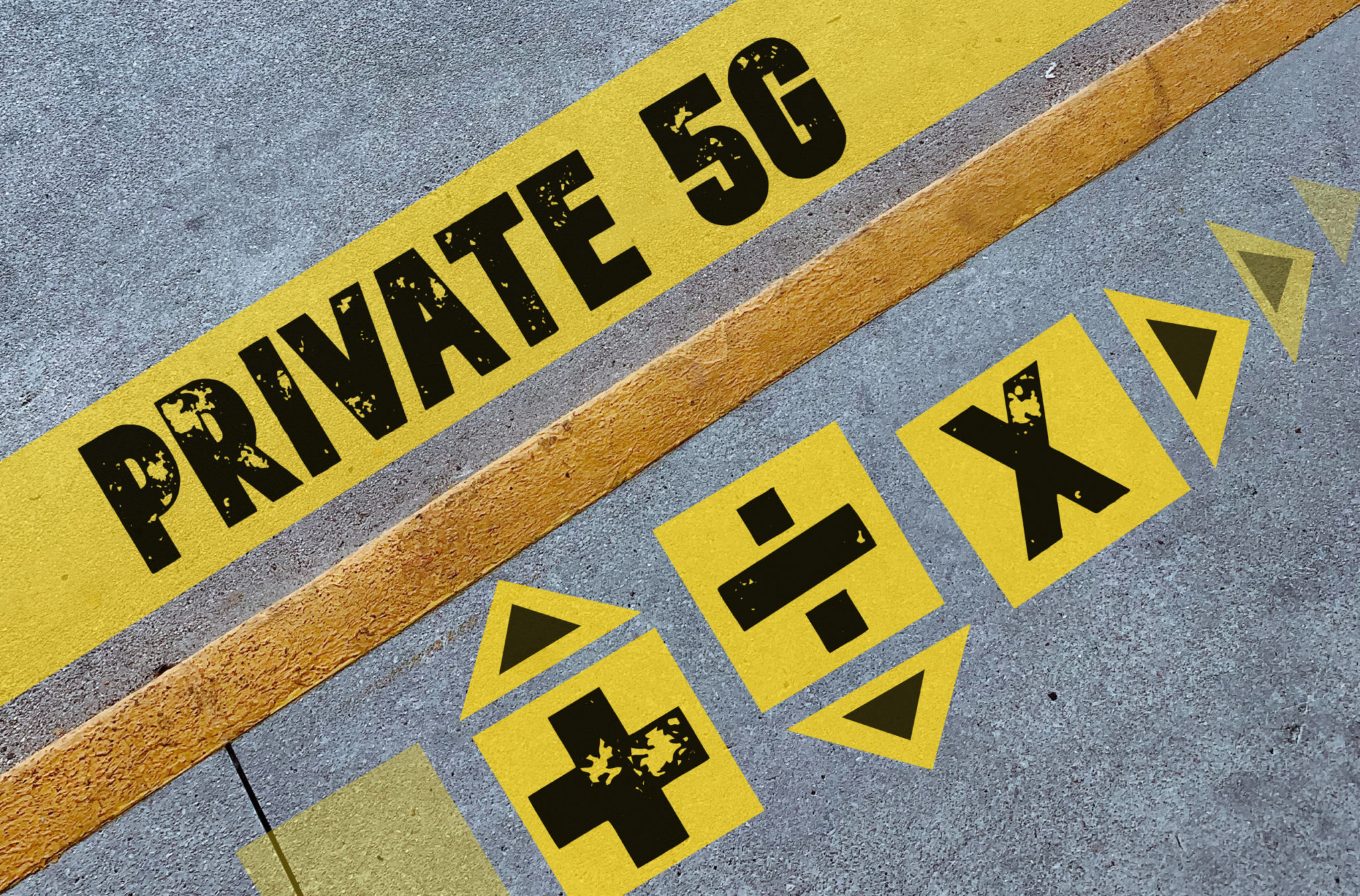Private 5G is not just for automation or remote areas – it boosts reliability, security, and control, and offers strong and quick ROI. So don’t listen to all the naysayers, explains Boldyn Networks.
There’s a common misconception that mobile private networks (MPNs) are reserved only for fully-automated, ultra-connected factories, or facilities with hundreds of IoT devices.

In reality, they already deliver real-world value for businesses at varied stages of their digital transformation journeys. Far from being niche or futuristic, MPNs make a wide range of use cases possible – from video surveillance and voice communications to seamless asset tracking and operational safety.
Even operations with just a few critical connected assets – such as cranes, cameras, or autonomous vehicles – can gain substantial benefits from the uninterrupted, high-quality connectivity offered by MPNs, helping to prevent costly downtime and ensure safety and efficiency. MPNs represent a key opportunity to lower barriers to achieving digitalisation, automation and mission-critical operations. However, myths still persist about what they can do, their return on investment, and the types of businesses they can support.
The most common myths, debunked
So let’s debunk some of the biggest myths surrounding MPN adoption and their use cases.
Myth: Public 5G or Wi-Fi upgrades are easier, and ‘good enough’
Myth busted: Imagine a mine in a hard-to-reach location or a crowded environment like an airport with heavy passenger traffic. Everyone in these environments, from users to staff, needs uninterrupted and reliable network connectivity. Public networks are often not reliable enough. They can get congested and don’t guarantee the speed, uptime or security needed for anything from using a personal device to mission-critical applications.
As for Wi-Fi, it often struggles with interference, limited mobility support, and security challenges. In dynamic industrial environments with moving equipment like forklifts, maintaining consistent connectivity with Wi-Fi can be difficult, leading to operational delays and unreliable performance. In contrast, private 5G delivers seamless, stable coverage across expansive areas, ensuring consistent connectivity and enabling more dependable operations.
MPNs uniquely fill these gaps as they provide seamless connectivity for mission critical use cases.
Myth: If your operations aren’t automated, you don’t need an MPN
Myth busted: Even if you don’t have robots or drones yet, a private network can help your operations to run smoothly and accelerate digital transformation. Private networks are a great platform for mission critical voice communication. A replacement from legacy voice solutions, like DECT and TETRA, bringing support for advanced features, like video and group communications and emergency alerting. Many enterprises use private 5G for video surveillance, to keep footage secure, and ensure sufficient bandwidth to enable smooth, high-quality video even with many cameras.
Myth: MPNs are expensive to implement, and ROI is hard to prove
Myth busted: A survey by GlobalData last year says 92% of businesses achieve return on their private network investments in the first 12 months, and 75% of early adopters see 10% or more increased productivity. MPNs have the potential to lower costs by optimising resource management, reducing downtime through predictive maintenance and minimising energy consumption. In addition, expert vendors offer private 5G as-a-service models with different service layer tiers to choose from as their needs become more complex but only paying for what they need.
Myth: There aren’t enough private 5G devices to invest in an MPN
Myth busted: Device ecosystems are growing fast. Many industrial-grade 5G cameras, routers, sensors, and gateways are now available from major vendors. Plus, you don’t need 5G to run a private network. Private 4G works well for many industrial use cases. 5G brings extra perks like faster speeds and lower latency.
Myth: If you don’t have lots of IoT devices, you don’t need an MPN
Myth busted: It’s not about having thousands of devices, it’s about how critical they are. Even if your operation has just a few cranes or security cameras, a private network keeps them reliably connected in ways Wi-Fi can’t. It’s about mission-critical use and purpose of the device, not the quantity deployed.
Myth: MPNs are only relevant where there is no public 5G coverage
Myth busted: Private networks offer more than just robust coverage. MPNs offer businesses full control over data sovereignty, access permissions, and security management. They also outperform Wi-Fi in hard-to-reach or interference-prone environments, such as between stacked containers at a busy port or deep within remote wind farms.
How can businesses excel at digitalisation?
A common mistake many organisations make is waiting for the ‘perfect conditions’ before accelerating their digitalisation plans. The truth is, businesses shouldn’t wait. Early adopters have been relying on MPNs for almost 10 years. A private network can make a measurable difference when prioritising a few high-value, high-impact applications. This approach reduces risk, accelerates returns, and lays a strong foundation for broader digitalisation initiatives.
Your mission-critical use cases are often simpler and more immediate than you might think. Applications as simple as seamless connectivity for tele-remote operations or CCTV make excellent entry points for private network deployments that can be scaled over time and that can be combined with other types of networks.
Fundamentally, MPNs aren’t a futuristic luxury reserved for hyper-connected smart factories and industrial sites. They’re a practical, accessible tool designed to meet today’s operational demands, improving uptime, safety, and data security, while preparing your business for the technologies and challenges ahead.
Start small, start smart, and scale with confidence.

